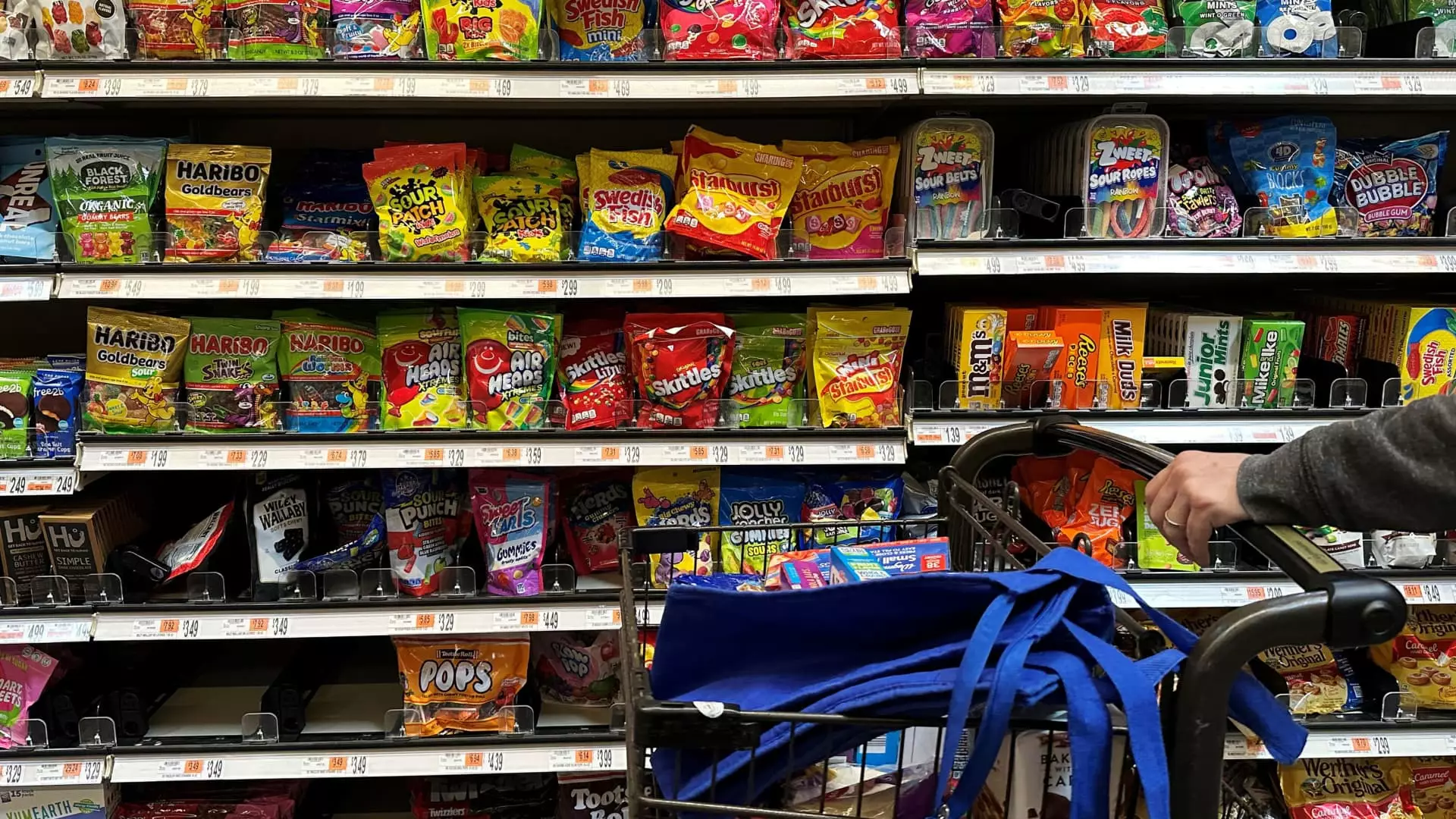In a move that could fundamentally reshape the landscape of food production in America, the FDA has announced intentions to phase out petroleum-based synthetic dyes by the end of next year. The announcement marks a pivotal shift, one that has been long overdue amidst growing public awareness of the potential risks tied to these artificial additives. With vibrant hues that dazzle consumers, products like Flamin’ Hot Cheetos and Froot Loops have become integral to American snacking culture. However, the question looms: at what cost? For too long, American children have been subjects in an unwitting experiment with synthetic chemicals, and the FDA’s action is a decisive stand against this troubling status quo.
While the food industry claims there is insufficient evidence to warrant these changes, the voices calling for reform have grown louder over the years. Concerns about hyperactivity linked to artificial food colors and the implications for children’s health have reached a crescendo. FDA Commissioner Marty Makary’s assertion that there are “number of tools at our disposal” underscores the urgency with which the agency must act. It’s almost too convenient to dismiss these concerns as mere hype while the evidence quietly continues to pile up.
The Corporate Pushback and Its Implications
With this decision, heavyweights in the food industry—PepsiCo, General Mills, Mars—will find themselves under significant pressure to revise formulations. It’s imperative to note that this is not merely a regulatory adjustment; it’s a challenge that could redefine branding and marketing strategies. How will consumers respond when their beloved snacks lose the bold colors they have come to expect? The psychological link between color and taste is well documented; altering this relationship may very well affect consumer loyalty.
Moreover, the financial implications aren’t inconsequential. Natural dyes are typically more expensive and may require larger quantities to achieve the same vibrancy as their synthetic counterparts. There’s a long-standing tension between consumer demand for visually appealing products and the ethical obligation towards health and safety. Will companies prioritize profit over public well-being, or will this regulatory threat compel them to embrace the more labor-intensive process of reformulation? Given historical precedent, where companies like General Mills have reverted to artificial options when consumer preference dwindled, the outlook remains uncertain.
The Reforms that Matter
As the FDA expedites the approval of natural alternatives, it signals a broader shift toward recognizing and rectifying the “toxic soup” that children have been consuming. The introduction of natural food dyes from sources like beet juice and carrot juice is more than just a cosmetic change in recipes; it’s a pivotal move toward instilling a culture of health consciousness in the food industry. The FDA’s encouragement for companies to rethink their formulas represents a chance for them to genuinely commit to children’s health rather than merely navigating compliance requirements.
Empirical studies have underscored the adverse effects that synthetic dyes can have on children’s cognitive functions, particularly around hyperactivity. The Lancet study cited by Makary lays a scientific foundation for these sweeping regulatory changes. Though these moves are unlikely to be a panacea for the broader landscape of pediatric health issues, they reflect an undeniable progression toward making the food supply safer for the nation’s children—a commendable albeit belated advancement.
The Bigger Picture: Health vs. Profit
Health Secretary Robert Kennedy’s initiative underscores a larger battle against a “corrupt alliance” between food manufacturers and regulatory bodies that have historically prioritized profit over well-being. His approach—bolstered by unprecedented changes in the efficiencies and priorities of federal health agencies—highlights a critical re-evaluation of what is acceptable in the modern food supply. The FDA’s active steps to eliminate harmful synthetic dyes is one component of a more extensive agenda aimed at addressing entrenched public health crises, including epidemics of chronic disease in children.
However, one principle remains clear: the road to healthier food is strewn with hurdles. The transition won’t be seamless, especially when balancing costs, consumer preferences, and ethical implications surrounding health. As companies scramble to adjust their recipes, consumers must remain vigilant. They hold the power to demand transparency and accountability from food producers, using their purchasing decisions to shape the market.
What Lies Ahead
In navigating this shift, we must question not only the artificial colors that have long adorned our favorite snacks but the fundamental values underpinning the food industry. As we shift towards natural dyes, we also stand at the cusp of an awakening. The FDA’s bold moves represent a cultural watershed moment—an opportunity for America to redefine what constitutes a safe and healthy diet for future generations. This isn’t just about removing harmful additives; it’s about creating a landscape where our children can thrive, free of unnecessary risks nestled in their favorite treats. Let’s seize this moment for profound and lasting change in the food we consume.

